The Xavier University – Ateneo de Cagayan, also known simply as the Ateneo de Cagayan or Xavier is a private, Catholic, coeducational, basic and higher education institution. It is operated by the Philippine Province of the Society of Jesus in Cagayan de Oro, Misamis Oriental, Philippines. Founded in 1933 as the Ateneo de Cagayan, it became the first higher education institution in Mindanao to receive a university status a year before its sister school Ateneo de Manila. It was given its present name in honor of the Jesuit missionary St. Francis Xavier.
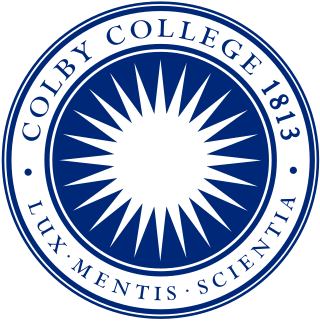
Colby College is a private liberal arts college in Waterville, Maine. Founded in 1813 as the Maine Literary and Theological Institution, it was renamed Waterville College in 1821. The donations of Christian philanthropist Gardner Colby saw the institution renamed again to Colby University before settling on its current title, reflecting its liberal arts college curriculum, in 1899. Approximately 2,000 students from more than 60 countries are enrolled annually. The college offers 54 major fields of study and 30 minors.
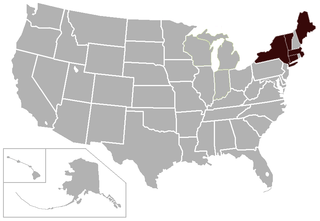
The New England Small Collegiate Athletic Conference (NESCAC) is an American collegiate athletic conference comprising sports teams from eleven highly selective liberal arts institutions of higher education in the Northeastern United States. The eleven institutions are Amherst College, Bates College, Bowdoin College, Colby College, Connecticut College, Hamilton College, Middlebury College, Tufts University, Trinity College, Wesleyan University, and Williams College.

Bates College is a private liberal arts college in Lewiston, Maine. Anchored by the Historic Quad, the campus of Bates totals 813 acres (329 ha). It maintains 600 acres (240 ha) of nature preserve known as the "Bates-Morse Mountain" near Campbell Island and a coastal center on Atkins Bay.

Matriculation is the formal process of entering a university, or of becoming eligible to enter by fulfilling certain academic requirements such as a matriculation examination.

Secondary education is the last six or seven years of statutory formal education in the United States. It culminates with twelfth grade. Whether it begins with sixth grade or seventh grade varies by state and sometimes by school district.
The Colby-Bates-Bowdoin Consortium (CBB) is an athletic conference and academic consortium between three private liberal arts colleges in the U.S. State of Maine. The group consists of Colby College in Waterville, Bates College in Lewiston, and Bowdoin College in Brunswick. In allusion to the Big Three of the Ivy League, Colby, Bates, and Bowdoin, are collectively known the "Maine Big Three", a play on words with the words "Maine" and "main". The school names are ordered by their geographical organization in Maine.
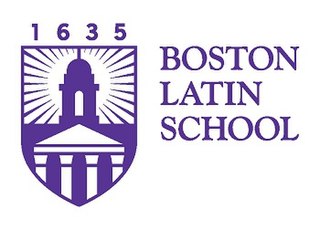
The Boston Latin School is a public exam school in Boston, Massachusetts. It was established on April 23, 1635, making it both the oldest public school in British America and the oldest existing school in the United States. The school's admission policies and demographics have been controversial.
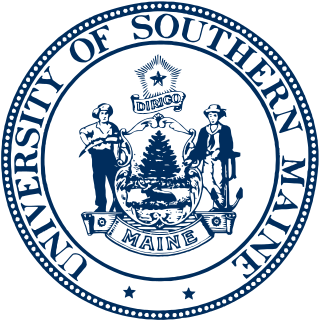
The University of Southern Maine (USM) is a public university with campuses in Portland, Gorham and Lewiston in the U.S. state of Maine. It is the southernmost of the University of Maine System. It was founded as two separate state universities, Gorham Normal School and Portland University. The two universities, later known as Gorham State College and the University of Maine at Portland, were combined in 1970 to help streamline the public university system in Maine and eventually expanded by adding the Lewiston campus in 1988.
Elaine Tuttle Hansen is an American academic administrator, scholar and university professor who served as the executive director of the Center for Talented Youth at Johns Hopkins University from 2011 to 2018 and the 8th President of Bates College from 2002 to 2011.

Oren Burbank Cheney was an American politician, minister, and statesman who was a key figure in the abolitionist movement in the United States during the later 19th century. Along with textile tycoon Benjamin Bates, he founded Bates College as the first coeducational college in New England which is widely considered his magnum opus. Cheney is one of the most extensively covered subjects of Neoabolitionism, for his public denouncement of slavery, involuntary servitude, and advocation for fair and equal representation, egalitarianism, and personal sovereignty.

Lane Hall is a later 20th-century neoclassical building serving as the principal workplace and headquarters of the central administration of Bates College, located at 2 Andrews Road in Lewiston, Maine. It has been the principle administrative headquarters of every Bates president since Thomas Hedley Reynolds in 1964. Lane Hall was named after George Lane Jr., who served as treasurer of the college and secretary of the corporation.

Archbishop John Carroll High School is a four-year secondary school part of the Roman Catholic Archdiocese of Philadelphia, located in Radnor, Pennsylvania, on a 55-acre campus.

Kansas City University (KCU) is a private medical school with its main campus in Kansas City, Missouri and an additional campus in Joplin, Missouri. Founded in 1916, KCU is one of the original osteopathic medical schools in the United States. It consists of both a College of Osteopathic Medicine and a College of Biosciences. KCU is one of the largest medical schools in the nation by enrollment.

St. John Villa Academy was a private, Roman Catholic School on Staten Island in New York, New York. Its senior high school was all girls, while the K-8 school was co-ed. The school was located within the Roman Catholic Archdiocese of New York. St. John Villa Academy, owned and operated by the Sisters of St. John the Baptist, was located on the east shore of Staten Island, in the Arrochar neighborhood, overlooking the Verrazzano–Narrows Bridge and Lower New York Bay.
Education in Uruguay is compulsory for a total of fourteen years, beginning at the preschool level, and is free from the pre-primary through the university level. In 1996, the gross primary enrollment rate was 111.7 percent, and the net primary enrollment rate was 92.9 percent. Primary school attendance rates were unavailable for Uruguay as of 2001.
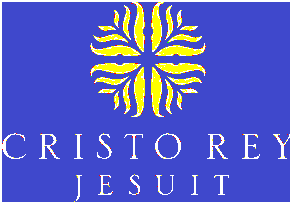
Cristo Rey Jesuit College Preparatory of Houston is a Roman Catholic secondary school located on 6700 Mount Carmel Drive in Houston, Texas, United States. It was founded by the New Orleans Province of the Society of Jesus and continues to be a sponsored work of the Jesuits. It is a part of the Cristo Rey Network and also affiliated with the Roman Catholic Archdiocese of Galveston-Houston. Father T. J. Martinez, S.J., was the founding president.
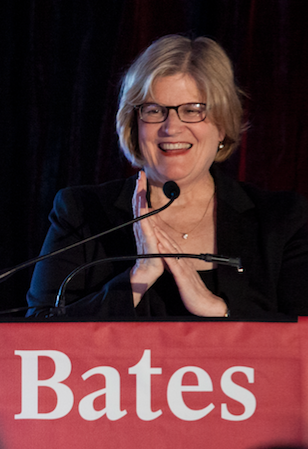
Ava Clayton Spencer is an American attorney and was the eighth president of Bates College. She had previously served as the vice president for institutional policy at Harvard University from 2005 to 2012.

The history of Bates College began shortly before Bates College's founding on March 16, 1855, in Lewiston, Maine. The college was founded by Oren Burbank Cheney and Benjamin Bates. Originating as a Free Will Baptist institution, it has since secularized and established a liberal arts curriculum. After the mysterious 1853 burning of Parsonsfield Seminary, Cheney wanted to create another seminary in a more central part of Maine: Lewiston, a then-booming industrial economy. He met with religious and political leaders in Topsham, to discuss the formation of such a school, recruiting much of the college's first trustees, most notably Ebenezer Knowlton. After a well-received speech by Cheney, the group successfully petitioned the Maine State Legislature to establish the Maine State Seminary. At its founding it was the first coeducational college in New England. Soon after it was established, donors stepped forward to finance the seminary, developing the school in an affluent residential district of Lewiston. The college struggled to finance its operations after the financial crisis of 1857, requiring extra capital to remain afloat. Cheney's political activities attracted Benjamin Bates, who was interested in fostering his business interests in Maine. Bates donated installments of tens of thousands of dollars to the college to bring it out of the crisis.
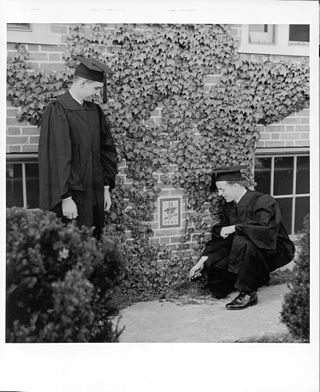
The traditions of Bates College include the activities, songs, and academic regalia of Bates College, a private liberal arts college in Lewiston, Maine. They are well known on campus and nationally as an embedded component of the student life at the college and its history.
















